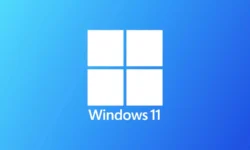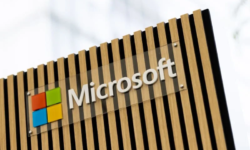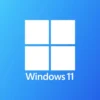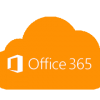Last fall, when Microsoft rolled out their new servicing model for Windows 7 SP1, Windows 8.1, Windows Server 2008 R2, Windows Server 2012 and, Windows Server 2012 R2 it was their intent to make the process of updating those operating systems similar to the Windows as a Service (WaaS) model that is now familiar to many companies and users with Windows 10 and other products and services.
Those updates use a rollup model and are there are three categories of updates under this new servicing model that has been in effect since October:
- Security Monthly Quality Update (aka the Monthly Rollup) – New fixes are rolled into a single update, which includes both security and reliability fixes, as well as all fixes from previous rollups. Each new Monthly Rollup will supersede the previous, so installing the latest Monthly Rollup will ensure you have all fixes since the start of the model in October 2016. For example, the December 2016 Monthly Rollup contained all the fixes in the October and November Monthly Rollups.
- Preview of Monthly Quality Rollup (aka the Preview Rollup) – New reliability fixes are first released in an optional Preview Rollup that enables early deployment of the new reliability fixes before they are included in the next Monthly Rollup.
- Security Only Quality Update (aka the Security Only update) – In an alternative option released to WSUS and Microsoft Update Catalog only, new security fixes are also provided in a single Security Only update, which rolls all the security patches for that month into a single update. The Security Only update does not contain fixes from previous months, and allows enterprises to download as small of an update as possible to remain secure.
According to Microsoft, since this process rolled out it has provided a consistent process for remaining up to date on their systems.
The company is now tweaking this process for its enterprise and business customers who use WSUS, SCCM. the Microsoft Update Catalog, or other update management products to deploy updates on their networks. Note: Consumer customers will not see any changes to their rollup update process with these modifications.
Credits: Richard Hay - windowsitpro.com











